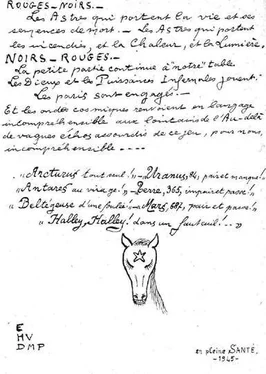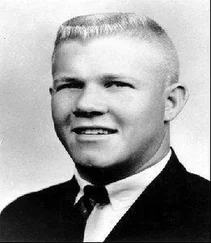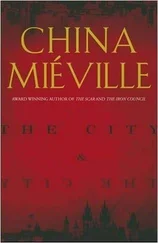Gravediggers from Passy Cemetery were hired to sift through the debris for human remains.
(illustration credit 1.8)

Remains of the victims were carried away for examination at the Institut médico-légal.
(illustration credit 1.9)

The photographs of Georgette and Marcel Petiot used in the warrant for their arrest on March 13, 1944. The third photograph is of young Dr. Petiot.
(illustration credit 1.10)

“the mysterious charnel-house of rue le sueur.” The occupied press was quick to speculate on Petiot’s relationship with drug addicts, prostitutes, and “terrorists” in the Resistance.
(illustration credit 1.11)
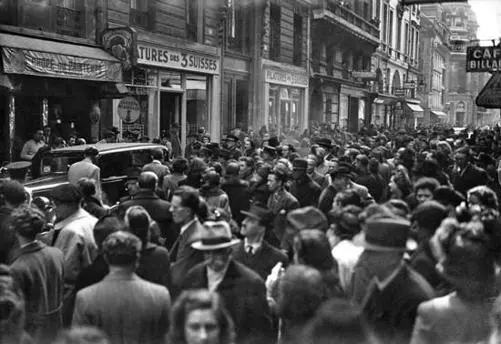
Crowd outside Petiot’s residence at 66 rue Caumartin. Paris would soon be engulfed in “Petiot Mania.”
(illustration credit 1.12)
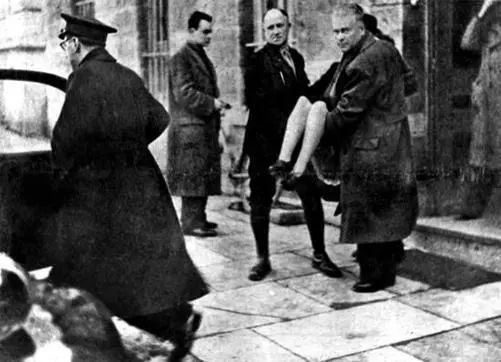
Georgette Petiot is carried away after her apprehension by the police.
(illustration credit 1.13)
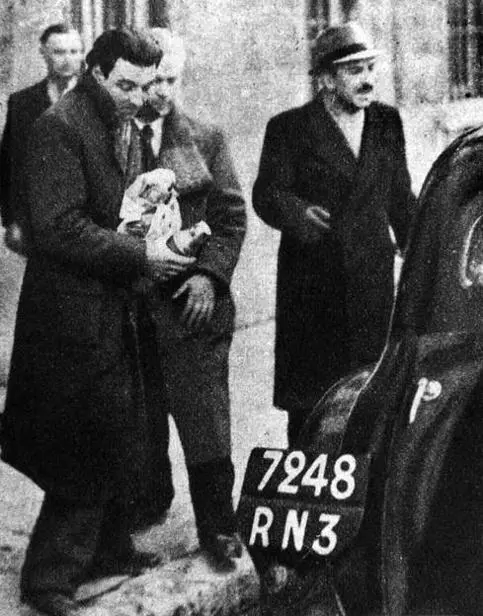
The arrest of Dr. Petiot’s younger brother, Maurice.
(illustration credit 1.14)

Black satin dress found at 21 rue Le Sueur. The garment was still scented with perfume.
(illustration credit 1.15)

Forty-nine suitcases belonging to victims arrive at 36 Quai des Orfèvres.
(illustration credit 1.16)

He did not steal identities, Petiot said; he only borrowed them.
(illustration credit 1.17)

Police believed that this viewer, found in the wall, was used to watch victims suffer in the death chamber.
(illustration credit 1.18)
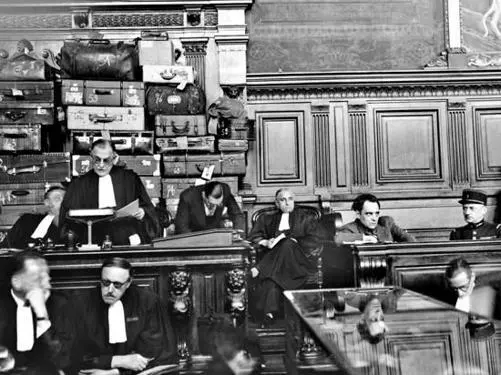
In court, Petiot put on a show, and the trial soon became a circus.
(illustration credit 1.19)
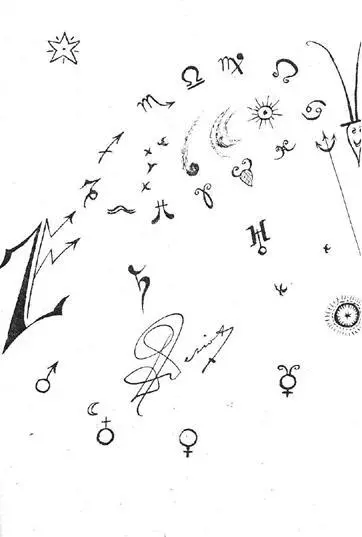
Petiot liked to sketch and doodle in his prison cell as well as at the trial. This drawing was made in prison.
(illustration credit 1.20)

This is a page from the manuscript Petiot wrote in prison. “Man,” Petiot wrote, “has been created to play, to challenge chance, to make love, and to struggle. But he has lost the rules, and, at the same time, something of the taste for the game.”
(illustration credit 1.21)
18.
NINE MORE
If YOU START ASKING QUESTIONS ABOUT EVERYONE WHO DIES, YOU’RE GOING TO BE A VERY BUSY MAN.
—Marcel Petiot, attributing the words to Dr. Paul
AFTER Paulette Grippay’s black satin dress, Massu now made a second connection between the testimonies of witnesses and the contents of the suitcases found at rue Le Sueur and in Neuhausen’s attic. This was the collection of Sulka silk shirts with the monogrammed initials “A.E.,” which were identified as belonging to Adrien the Basque Estébétéguy. Confirmation came from a tall, stocky man who arrived at the quai des Orfèvres in a new white Bentley: Henri Lafont.
Lafont was undoubtedly one of the most powerful men in Occupied Paris. This was an unexpected position for a former small-time crook who could not read or write. Abandoned by his mother at age thirteen, immediately after the death of his father, Lafont had eked out an existence on the street, stealing café chairs for resale, writing bad checks, and drifting in and out of reform schools and detention centers. His first prison sentence, begun May 15, 1919, was for theft. Ten more incarcerations would follow by 1934, for similar charges, totaling about eight years in prison.
By then, too, Lafont had worked briefly in a number of jobs: errand boy, dockworker, mechanic, car dealer, and chauffeur. He enlisted for two years in the Thirty-ninth Régiment des Tirailleurs Algériens and, later, after finishing his military service, gained work under his alias, “Henri Normand,” as manager of a canteen for the Préfecture de Police. He had the chance to meet and befriend many policemen. In 1939, with war on the horizon, Lafont tried to reenlist with the army. His application was refused because of his criminal record. His many experiences, both on the street and in prison, however, would bear fruit during the Occupation.
Indeed it was during a prison stay that Lafont met a man who would later introduce him to the German authorities: Max Stocklin, a tall, cultured Swiss national who had been arrested in the late 1930s for his work as an informer for the German military intelligence service, the Abwehr. When the Germans arrived in France in June 1940, Stocklin’s espionage contacts released him, and he soon recruited Lafont into the Abwehr’s champagne-swilling set then settling into the Hôtel Lutétia at 45 Boulevard Raspail in preparation for its tasks of arresting French Resistants.
By the end of June 1940, Lafont was placed in charge of a new Abwehr creation called a Dienstelle , or purchasing bureau, known informally as an “Otto agency” after the Abwehr’s Hermann “Otto” Brandl, who helped establish them. These agencies bought objects in bulk, using funds provided by the French according to the Armistice, and then sold them to Occupation authorities, thereby facilitating the German exploitation of the French economy and, in the process, greatly enriching agency leaders. Lafont’s bureau, located on rue Tiquetonne, was responsible for buying food and later clothing, furniture, and objects of gold.
Within two weeks, Lafont had established a second branch of his purchasing agency on rue Cadet, in the seized former headquarters of the Freemasons. This one would concentrate on Jewish property. Other offices opened, including a large one on rue du Faubourg Saint-Antoine that focused on the purchasing of wheat, butter, and livestock of Normandy. His profits soared. Beyond that, as with the other Otto agencies, Lafont was making contact with a diversity of Frenchmen, from bankers and lawyers to art experts and black market dealers. Many of these people would later prove helpful as his own star rose in Occupied Paris.
Читать дальше
